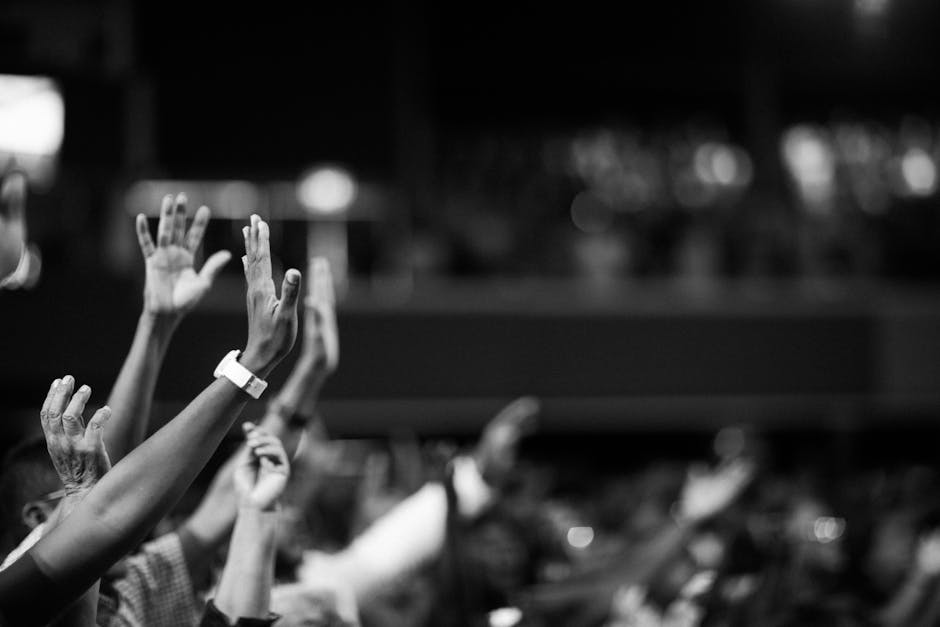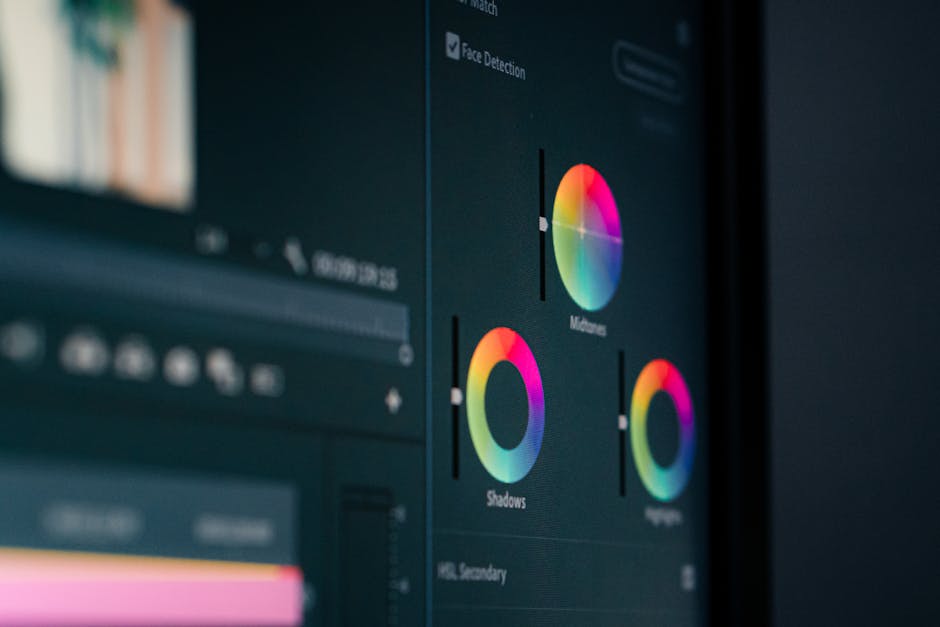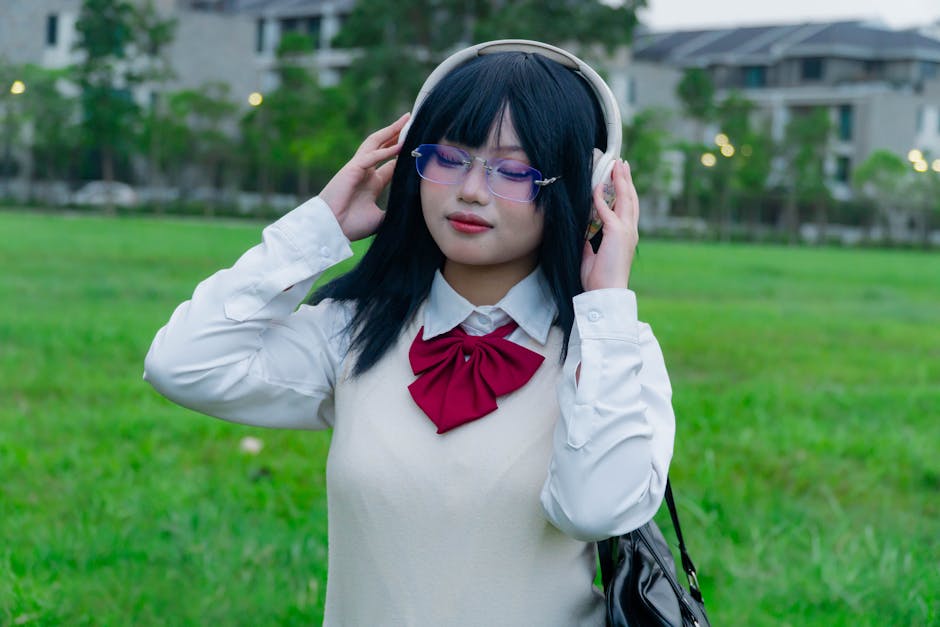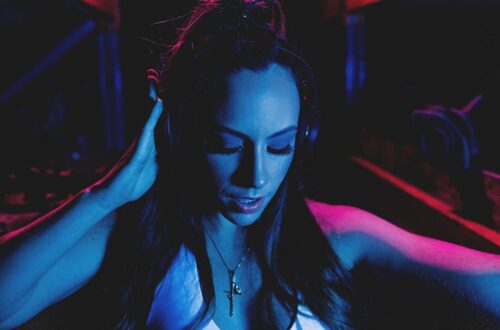Sound and score highlights are the unsung heroes of film and television, working behind the scenes to shape the scene flow and guide audiences through complex narratives. From subtle cues that build tension to sweeping orchestral pieces that evoke emotion, music and sound design are integral to storytelling flow. In this comprehensive guide, we’ll explore how sound and score highlights influence scene flow, elevate storytelling, and create unforgettable moments in film and TV.
The Fundamentals of Scene Flow and Its Relationship with Sound

Photo by Zukiman Mohamad on Pexels
Scene flow is the art of seamlessly connecting moments within a film or TV show, ensuring that the narrative unfolds smoothly and keeps viewers engaged. While visual transitions and editing techniques are crucial, the role of sound and score is equally significant. Music can bridge scenes, signal emotional shifts, and even foreshadow upcoming events. Strategic sound design—such as ambient noise, sound effects, or silence—can guide the audience’s attention, reinforce pacing, and enhance the impact of visual storytelling.
Filmmakers use a variety of techniques to maintain scene flow, including basic cuts, match cuts, and establishing shots. Each transition is an opportunity for sound and score to set the tone, evoke specific emotions, and prepare viewers for what’s next. By mastering these elements, creators can craft narratives that are both cohesive and compelling, drawing audiences deeper into the story world.
The Psychology of Sound: How Music Directs Audience Emotion

Photo by Luis Quintero on Pexels
Music has a direct line to our emotions. In film and television, composers and sound designers harness this power to manipulate mood, build suspense, and create memorable moments. A well-timed swell in the score can heighten excitement, while a sudden drop into silence can make a scene feel tense or unsettling. The psychological impact of music is so profound that even a single note or motif can trigger memories and emotional responses in viewers.
Soundtracks often use recurring themes or leitmotifs to represent characters, relationships, or ideas. These musical cues help audiences keep track of complex narratives and understand the underlying emotional currents of a scene. Sound design also plays a crucial role, using environmental sounds, Foley effects, and spatial audio to create a sense of realism and immersion. Together, these elements ensure that every beat of the story resonates with the audience on a deeper level.
Techniques for Seamless Scene Flow: Editing, Sound, and Score

Photo by dlxmedia.hu on Pexels
Achieving seamless scene flow requires a combination of visual and auditory techniques. Editors often align visual cuts with musical beats, using rhythm to guide the viewer’s experience. Match cuts, where similar visual elements or movements connect two scenes, are enhanced by consistent audio cues or musical transitions. This keeps the audience’s attention focused and prevents jarring shifts that could disrupt immersion.
Sound cues are particularly effective in leading the audience’s eye and ear. For example, a rustle in the left stereo channel can prepare viewers for movement from that direction, while a recurring musical motif can signal a character’s presence even before they appear on screen. The careful placement of sound effects and score ensures that transitions feel natural, maintaining the story’s momentum and emotional flow.
Iconic Examples: Memorable Sound and Score Moments in Film and TV
![]()
Photo by Swapnil Sharma on Pexels
Throughout cinematic history, there are countless examples of sound and score highlights that have defined scene flow and storytelling. In “Jaws,” John Williams’ iconic two-note motif creates a sense of impending danger, building tension long before the shark appears. In “Inception,” Hans Zimmer’s use of time-stretched music mirrors the film’s layered narrative structure, guiding viewers through complex dream sequences.
Television also boasts memorable sound moments, such as the haunting opening theme of “Stranger Things,” which sets the tone for the entire series. The use of silence in pivotal scenes—like the final moments of “The Sopranos”—can be just as powerful, leaving audiences on edge and amplifying the emotional impact. These examples demonstrate how sound and score are essential tools for shaping scene flow and creating lasting impressions.
Crafting the Perfect Soundscape: Collaboration Between Directors, Composers, and Sound Designers

Photo by Andrey Matveev on Pexels
The magic of sound and score highlights is the result of close collaboration between directors, composers, and sound designers. Directors communicate their vision for the story’s emotional arc, while composers translate those ideas into musical themes and motifs. Sound designers add texture and depth, layering environmental sounds and effects to create a rich auditory landscape.
This collaborative process often begins early in production, with composers creating temp tracks or musical sketches to inspire the editing and pacing of scenes. Sound designers work closely with editors to ensure that every audio element is precisely timed, reinforcing the visual storytelling and enhancing the overall scene flow. The result is a cohesive experience where sound and score are seamlessly integrated into the fabric of the narrative.
Innovations in Sound and Score: Technology and the Future of Scene Flow

Photo by Tiến Anh Hoàng on Pexels
Advancements in technology have revolutionized the way sound and score are created and integrated into film and TV. Digital audio workstations, spatial audio, and immersive sound formats like Dolby Atmos allow creators to craft dynamic soundscapes that envelop the audience. These innovations enable more precise control over how sound moves through a scene, enhancing realism and emotional impact.
Artificial intelligence and machine learning are also beginning to play a role in sound design, offering new tools for composers and editors to experiment with musical ideas and sound effects. As technology continues to evolve, the possibilities for shaping scene flow with sound and score are virtually limitless, promising even more immersive and emotionally resonant storytelling experiences in the years to come.
Conclusion: The Lasting Impact of Sound and Score Highlights on Storytelling Flow

Photo by MART PRODUCTION on Pexels
Sound and score highlights are at the heart of effective scene flow, guiding audiences through the twists and turns of film and television narratives. By understanding and harnessing the power of music and sound design, creators can craft stories that resonate on both intellectual and emotional levels. As technology advances and new storytelling techniques emerge, the role of sound and score in shaping scene flow will only become more vital, ensuring that audiences remain captivated and connected to the stories they love.
Sources
- https://library.fiveable.me/screenwriting-i/unit-7/transitions-scene-flow/study-guide/X7pHV2t2fPOgzzcU
- https://www.youtube.com/watch?v=4vpqa2oYuMY
- https://www.youtube.com/watch?v=L3uhGv8jUHs





